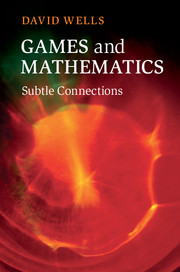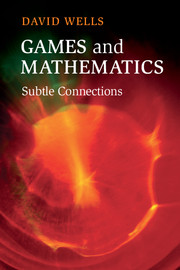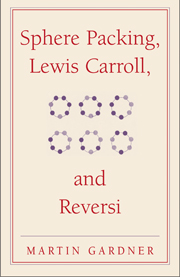Mathematical Connections
This book is about some of the topics that form the foundations for high school mathematics. It focuses on a closely-knit collection of ideas that are at the intersection of algebra, arithmetic, combinatorics, geometry, and calculus. Most of the ideas are classical: methods for fitting polynomial functions to data, for summing powers of integers, for visualizing the iterates of a function defined on the complex plane, or for obtaining identities among entries in Pascal's triangle. Some of these ideas, previously considered quite advanced, have become tractable because of advances in computational technology. Others are just beautiful classical mathematics, topics that have fallen out of fashion and that deserve to be resurrected. Most importantly, the book is about some mathematical ways of thinking the author found extremely useful, both in his roles as a mathematician and as a mentor of young people learning to do mathematics.
- This title focuses on a closely-knit collection of ideas that are at the intersection of algebra, arithmetic, combinatorics, geometry, and calculus
- Some of these ideas have become tractable because of advances in computational technology. Others are just beautiful classical mathematics, topics that have fallen out of fashion and that deserve to be resurrected
- Contains mathematical ways of thinking the author found extremely useful, both in his roles as a mathematician and as a mentor of young people learning to do mathematics
Product details
August 2005Hardback
9780883857397
260 pages
197 × 275 × 23 mm
0.7kg
This item is not supplied by Cambridge University Press in your region. Please contact Mathematical Association of America for availability.
Table of Contents
- 1. Difference tables and polynomial fits
- 2. Form and function
- 3. Complex numbers and trigonometry
- 4. Combinations and locks
- 5. Sums of powers
- Bibliography.






